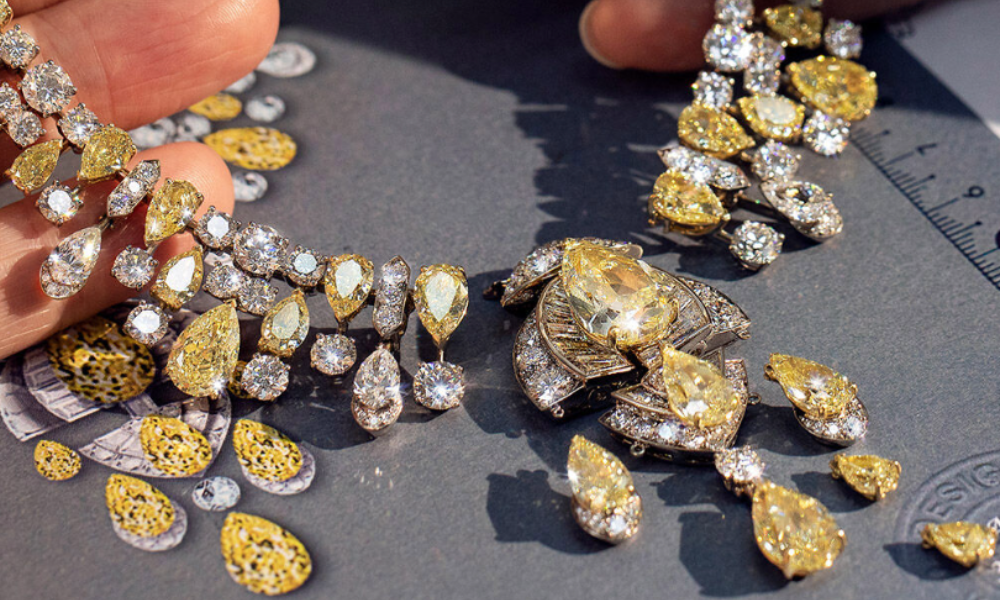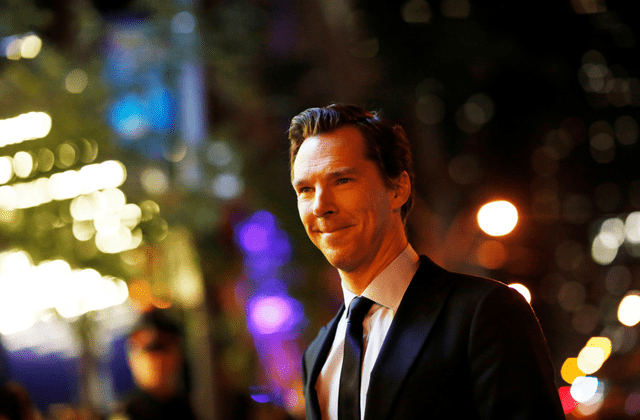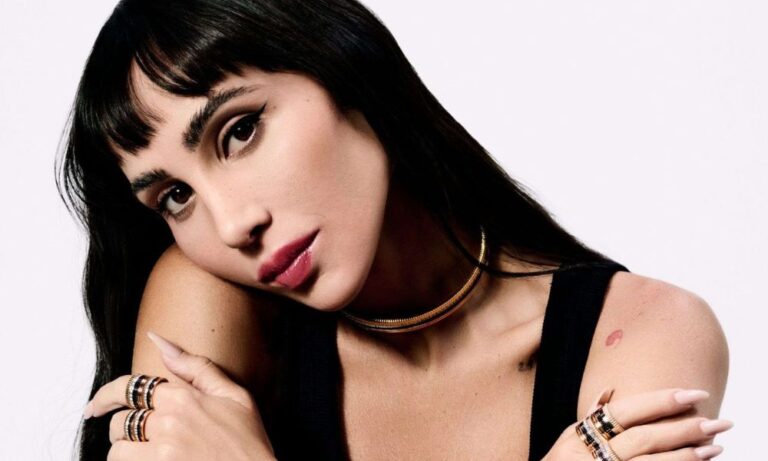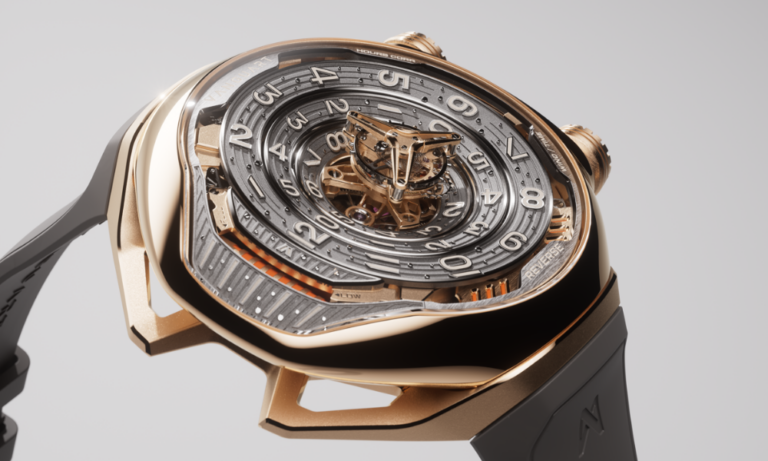Prospering against all odds.
The peculiar case of jewellery buying in a post-pandemic era meets the recessionary climate of the present day has never been more intriguing. The luxury market has demonstrated a steadfast resilience, with an expected growth between 5-12% in 2023 according to Bain & Company and Altagamma’s recent Spring Luxury Study. A combination of fostering a multi-touchpoint ecosystem and a concentration of VICs (very important clients), characterised by their price insensitivity and need for unique pieces, sheds light on the sector’s counter-intuitive growth trend. Moreover, a retrospective analysis of the jewellery category, estimated sales in 2022 to have experienced an increase between 23-25% from 2021 (according to the aforementioned study). Substantiating, the prior years’ trends, Euromonitor forecasts fine jewellery sales to reach $51.3 billion demonstrating an impressive 32% increase on pre-pandemic spending and an estimated 10% increase compared to 2022’s year-on-year levels. After examining consumer behaviour trends within the realm of fine jewellery, a combination of “reward,” and what we term “intentional” purchasing are apparent. A glimpse of what each entail is a thumb scroll away.
Reward purchasing.
At the height of the unprecedented time of the pandemic, individuals sought to cheer themselves up, through “reward purchases,” also coined “pity purchases.” Specifically, buyers would enjoy small self-bought luxuries, to redeem pre-COVID 19 pleasures including frequent social interaction and travel, vocations that were not possible in the wake of lockdowns. A recent article by The Business of Fashion verified the furtherance of such buying motivations to the present day, “people just want to spoil themselves,” according to Euromonitor’s Kauthat Jakoet. The notion of pampering oneself through self-purchasing has solidly transitioned into recent times, almost three years post-pandemic, “people are living in the present. They don’t want to wait for an occasion to buy or wear, they’re living in the moment,” explains Illeana Makri.
Intentional purchasing.
With feed’s flooded with eye-popping viral transformations of jewellery pieces, the observed trend of “intentional purchasing,” highlights customers’ increasing interest in breathing new life into their pre-owned jewellery pieces. In light of the current economic turbulence, intentional purchasing has allowed jewellery lover’s to rejoice in the pleasure of a seemingly new piece for a relatively lower price tag (given that the redesign is rooted in revamping not upscaling that is). Intentional purchasing allows the consumer the opportunity to partake in the design process to create jewellery that portrays a renewed aesthetic. Consumers’ interest in this purchasing behaviour also lies in creating meaningful pieces with intrinsic value. Lebanon-based Imad Baadarani Jewelry is no stranger to such transformations, taking their viewers on the all-encompassing journey of a jewellery piece’s reincarnation through design. From CAD rendering, to a behind-the-scenes view of the talented artisans at the workshop, to the final piece proudly perching on the brand’s matriarch for the ultimate reveal. Donna Hourani, the modern-day heirloom designer, too, has showcased an amalgamation of her clients’ formerly owned gemstones couched in her instantly recognisable creations. On one occasion, Hourani transformed a dainty 3.4ct white diamond ring, through resetting the stone in her signature Queen ring design – an unmissable statement ring with an impossibly voluminous silhouette.
Against all odds, jewellery buying has and continues to weather the financial storm, be it through self-gifting or giving old pieces a second chance at an opulent life.
ALSO READ: THE COMPLETE SOLE DXB 2023 LINEUP IS OUT AND WE CANNOT CONTAIN OUR EXCITEMENT!




